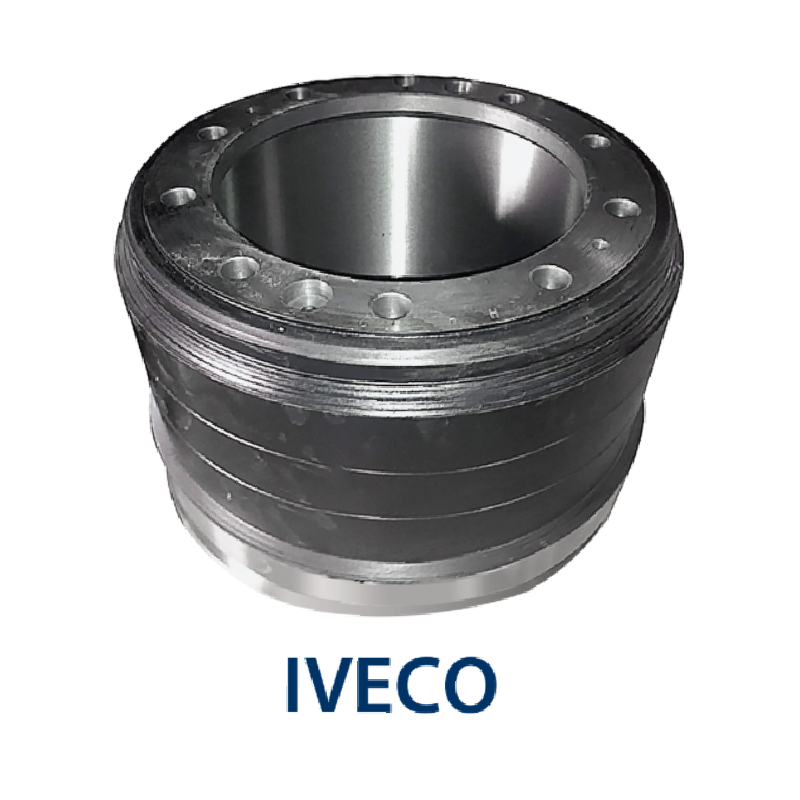Oct . 09, 2024 09:06 Back to list
New Brake Shoes Too Large for Existing Brake Drum Fitment Issues
Troubleshooting When Your Brake Drum Won't Fit Over New Shoes
When it comes to vehicle maintenance, replacing brake shoes is a common task that contributes significantly to the safety and functionality of your vehicle. However, many DIY enthusiasts and even seasoned mechanics have encountered the frustrating scenario where the brake drum won't fit over the new shoes. Understanding the potential causes and solutions for this issue can save time, money, and effort.
First, it is crucial to understand the primary components involved. Brake shoes are part of the drum brake system and are responsible for generating friction against the brake drum to slow down or stop the vehicle. When new shoes are installed, one might expect a straightforward process of reassembling the drum over them. However, improper installation, wear and tear, or mismatches can lead to complications.
One of the most common reasons why a brake drum won't fit over new shoes is that the shoes are not properly adjusted. New brake shoes often come slightly thicker than worn-out shoes, and this can cause them to become too snug for the drum. Before attempting to install the drum, ensure that the brake shoes are adjusted to the appropriate distance. Most vehicles have an adjustment mechanism that can be turned to increase or decrease the space between the shoes. If you’re unsure how to do this, refer to your vehicle's service manual for guidance.
Another potential issue could be the incorrect shoe assembly. When replacing brake shoes, it's crucial to follow the manufacturer's instructions closely. The orientation of the shoes must be correct, as some designs have specific positioning for the primary and secondary shoes to ensure proper alignment and function. Additionally, confirm that all hardware, such as springs and clips, is in place and functioning correctly.
brake drum won't fit over new shoes

Incompatibility can also be a significant issue. If the new brake shoes are not the right type or size for your drum, they simply may not fit. Always verify the part numbers and specifications when purchasing new shoes to ensure they match the original equipment. Brands may have variations, and even within the same brand, different lines may have different specifications.
Corrosion or debris buildup inside the drum can also obstruct a proper fit. It is advisable to inspect the drum's interior surface for rust or grime and clean it thoroughly before installation. Using a brake cleaner can help remove any contaminants that may impede the fit.
Lastly, it's worth considering the condition of the brake drum itself. If the drum has been worn down unevenly or has developed cracks or other significant damage, it may need to be resurfaced or replaced. A professional inspection can help determine if the drum is still serviceable.
In conclusion, if you find yourself struggling to fit the brake drum over new shoes, take a moment to check for proper adjustments, correct assembly, compatibility, cleanliness, and the condition of the drum. By addressing these factors systematically, you can resolve the issue and ensure a proper and safe brake function for your vehicle. Remember, when in doubt, consult a professional to avoid potential complications further down the line. Safe driving is paramount, and well-functioning brakes are a crucial element of that safety.
-
HINO Industrial Solutions - ¡Ң���ຽ��е��������˾ | Advanced Efficiency&Customization
NewsJul.13,2025
-
HINO Industrial Efficiency Solutions - ¡Ң���ຽ��е��������˾
NewsJul.13,2025
-
HINO Industrial Solutions - ¡Ң���ຽ��е��������˾ | Advanced Technology&Reliability
NewsJul.13,2025
-
HINO Industrial Efficiency-Jiangsu Hino Industrial|Productivity Optimization&Cost Reduction
NewsJul.12,2025
-
HINO-¡Ң���ຽ��е��������˾|Advanced Industrial Solutions&Energy Efficiency
NewsJul.12,2025
-
Premium Brake Drum Iveco – Durable Drum Brake Drum & Brake Shoe Solutions
NewsJul.08,2025
